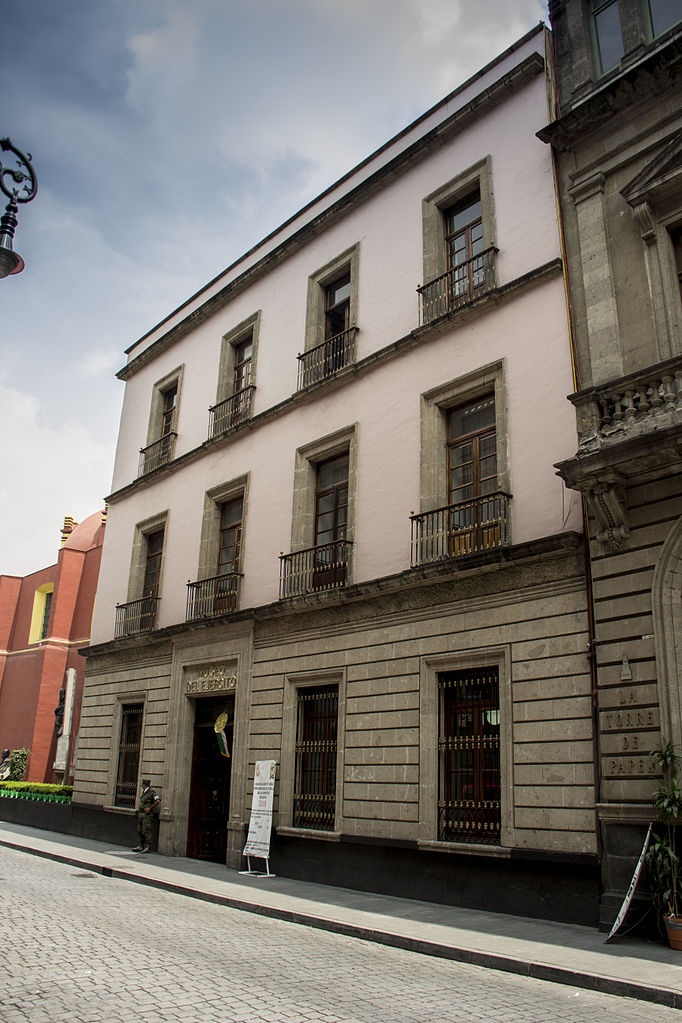
The Army and Air Force Museum, Bethlemitas (Museo del Ejército y Fuerza Aérea Mexicanos – Bethlemitas) shouldn’t be confused with its newer partner museum. That one is sometimes called the Army and Air Force Museum, Tlalpan. (Tlalpan here refers to the Calzada de Tlalpan, not to the alcaldía. It’s in Coyoacan, just off the Calzada.)
And if that’s not confusing enough…
The building here, in the city center, retains the name of a religious order forced to give up their building just about 200 years ago.
The Bethlemites were a group of Catholic religious orders founded in Guatemala in 1653. The only orders founded in the Americas, they’re also the last orders admitted into the Roman Catholic Church. They came to Mexico during the colonial period and founded some 11 chapters and a few hospitals. The newly independent Mexican government strongly suppressed the order beginning in 1820.
The order built the complex today housing the Army and Air Force Museum beginning in 1675. Likewise, the hospital today housing the Interactive Museum of Economics, to the east of the church we’re concerned with here, was begun during the same time.
After the chaos of the Independence movement, President Guadalupe Victoria made the complex into a military college. This lasted from 1828 to 1837. During the rest of the 19th century, private parties continued to carve up the old Bethlemites monastery. In fact, the property had extended all the way to the old San Andres street, today’s Calle Madero.
One such structure to set down roots on the Bethlemitas’ monastery was the old Grand National Theater. As luck would have it, even that enormous theater complex was lost when Calle 5 de Mayo was extended to today’s Eje Central in 1900.
Over more than 100 years, commercial tenants and commercial constructions came and went. Much later, in 1964, the President of Mexico put the Church and the old college back into the hands of the Heroic Military College. The intent was to open the Army Museum. It took more than 25 years, but the museum finally opened in 1991.
Today, the museum operates a library named for General Francisco Luis Urquizo Benavides. But most international visitors will come for the permanent exhibitions. Exhibitions themes are as follows:
• Ancient Period/Pre-Hispanic
• Colonial Period
• Independence Movement
• Struggles for Power
• Religious Reform Wars
• Battle of April 2, 1867
• French Intervention and the Second Empire
• Porfiriato Period
• Mexican Revolution
• Expeditionary Air Force
• Today’s Army
• Military Heraldry
As mentioned, the much larger MUEFA-Tlalpan museum in Coyoacán greatly expanded what the museum can offer. It opened in 2010 as part of the Bicentennial celebrations.
 mus_bethlem@mail.sedena.gob.mx
mus_bethlem@mail.sedena.gob.mx
 +52 (55) 5512 3215
+52 (55) 5512 3215
 http://sic.gob.mx/ficha.php?table=museo&table_id=972
http://sic.gob.mx/ficha.php?table=museo&table_id=972
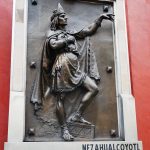
Nearest at 0.02 kms.
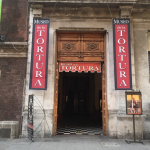
Nearest at 0.03 kms.
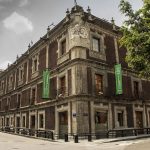
Nearest at 0.05 kms.

A museum dedicated to instruments of Torture and Human Subjugation.
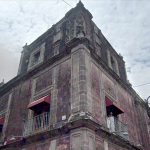
A glimpse into the earliest colonial history of Mexico City...
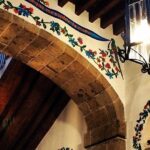
Easily one of Mexico City's most famous historical restaurants...
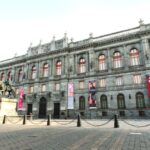
Home to two of Tolsá's mastpieces, it's only fitting the plaza should bear his name.

One of the most easily historical corners in the city center, it's a monument, a garden and much more.